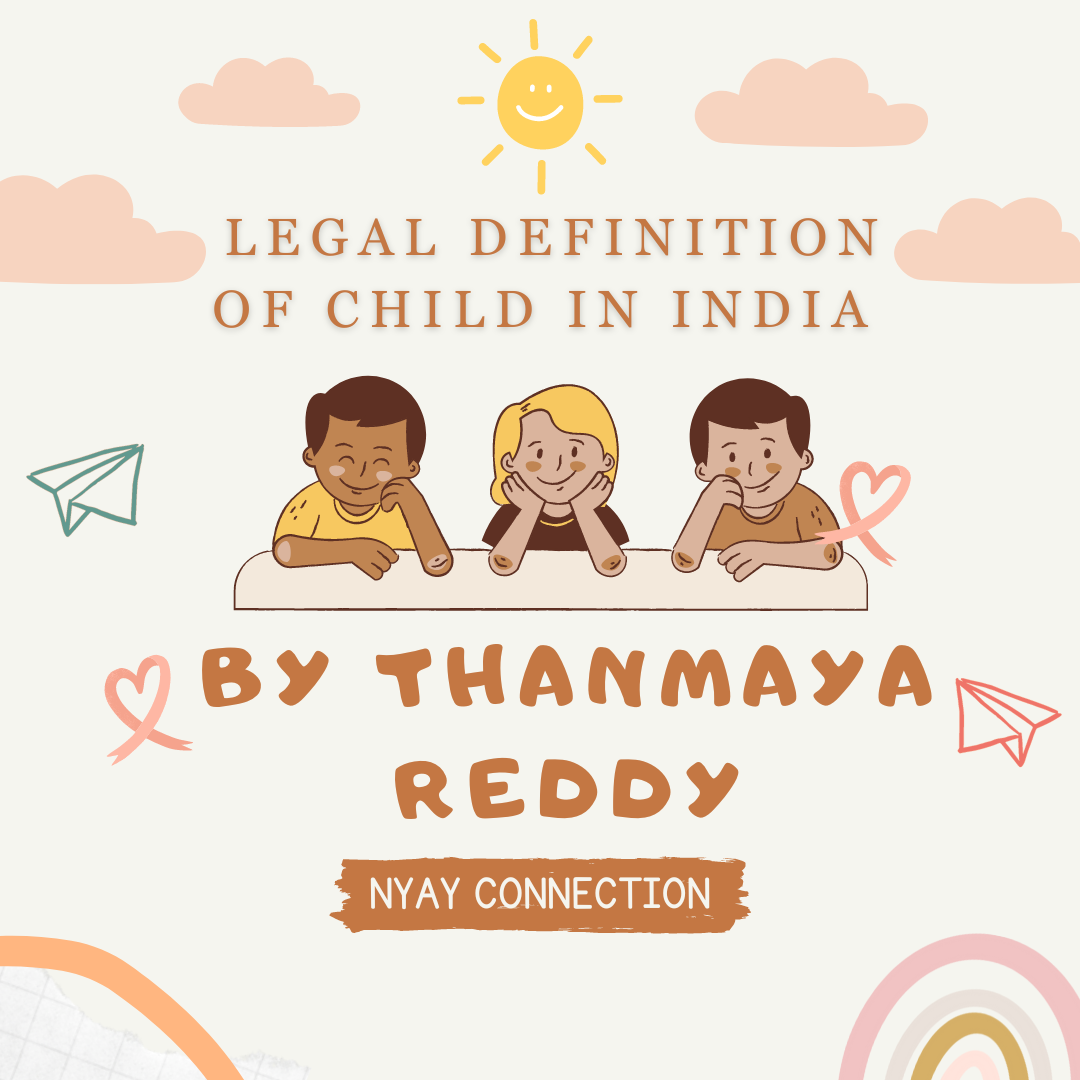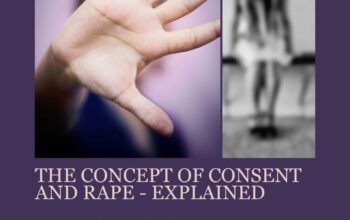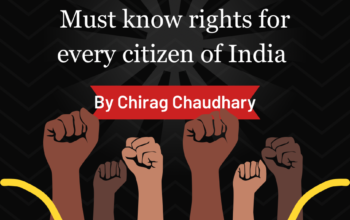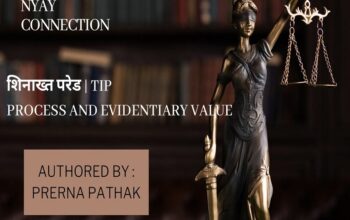INTRODUCTION:
“There can be no keener revelation of a society’s soul than the way in which it treats its children” opined Nelson Mandela. Mandela’s quote speaks volumes as children are one of the most vulnerable groups in the societal hierarchy. Children are one of the most vulnerable sections of society since they are necessarily required to rely on their parents or their guardians for the most necessities, be it from food and nutrition to education and housing. As a result, protecting children’s rights is of utmost necessity. India has a plethora of child protection legislation, and child protection is rapidly being recognised as a critical component of societal development. The problem that persists is insufficient human resource capability on the ground to administer the legislation and provide excellent prevention and rehabilitation services. As a result, millions of children are at risk of being victims of violence, abuse, or exploitation.
STATUTORY PROVISION:
India ratified the United Nations Convention on the Rights of the Child (UNCRC) in the year 1992. The UNCRC is an important human rights convention that provides for four major rights of a child which include survival rights, developmental rights, participation rights and protection rights. India has an extensive policy and legislative framework addressing children’s rights and protection, with possibilities for all children to have equitable access to quality protective services. The essential child protection legislation incorporated as per the provision of the UNCRC is as follows:
- The Juvenile Justice (Care and Protection) Act (2000, amended in 2015)
The main objective of The Juvenile Justice (Care and Protection) Act is to strengthen the law relating to children who conflict with the law. According to section 2(12) of this Act, a juvenile is any individual who has not attained the age of eighteen. However, in cases of heinous offences, a child between sixteen to eighteen years is required to be tried in a court of law as an adult.
- The Protection of Children from Sexual Offences Act (2012)
This legislation was enacted with the intent to prevent children from sexual abuse and exploitation. It further provides for punishments and penalties for those found guilty of such offences. The Act as per section 2(1)d defines a child as any individual below the age of eighteen.
- The Child Labour (Prohibition and Regulation) Act (1986)
The Child Labour (Prohibition and Regulation) Act of 1986 was enacted by the Government of India to prohibit the employment of children in dangerous occupations and to regulate the working conditions of children in non-hazardous occupations. The Act’s objective is to safeguard children from exploitation while also ensuring their right to an education, good health, and development. For the purpose of this Act, a child is any individual who is below the age of fourteen.
- The Prohibition of Child Marriage Act (2006, amended in 2021)
Due to the rampant increase in the number of child marriage cases across India, this legislation prescribes the minimum age of marriage of females at eighteen years and males at twenty-one years. This legislation was proposed to be amended in 2021, providing for the increase in the age of females from eighteen to twenty-one making it on par with males, however the same has not yet come into force.
Other statutory provisions defining a child include the following:
- The Factories Act of 1948 forbids the employment of children under the age of 14 in any factory. The law also stipulated who, when, and for how long pre-adults aged 15 to 18 could be employed in any factory.
- The Mines Act of 1952 prohibits the employment of children under the age of 18 in mines. Mining is one of the most dangerous occupations, which has resulted in numerous severe incidents claiming the lives of children in the past.
- The Plantation Labour Act, of 1951 defines a child as any individual who is below the age of 15.
- The Right of Children to Free and Compulsory Education Act of 2009 requires all children aged 6 to 14 to receive free and compulsory education. This Act also required that 25% of places in every private school be reserved for students from disadvantaged groups and children with physical disabilities.
- The Workmen’s Compensation Act of 1926 defines a minor as an individual who has not attained the age of eighteen.
CONCLUSION:
In conclusion, defining provisions for children in various laws is critical for ensuring children’s well-being and supporting their rights. Such provisions aid in the protection of children from injury, exploitation, and abuse, while also ensuring equal treatment and non-discrimination. Furthermore, these laws have an important role in creating knowledge about the importance of children’s rights and welfare, which can build public support for policies and initiatives promoting children’s well-being. These provisions assist to achieve justice for children and prevent potential perpetrators by making violators accountable for their conduct. In this way, specifying provisions for children in various laws is an important step towards protecting society’s most vulnerable members and ensuring that they receive the care and protection they require to grow.
This article is written by Thanmaya Reddy. Thanmaya is a 1st year law student from Christ (Deemed to be University)
If you are also a law student or professional and want to contribute to the website, you may send your submission at nyayconnection@gmail.com.




